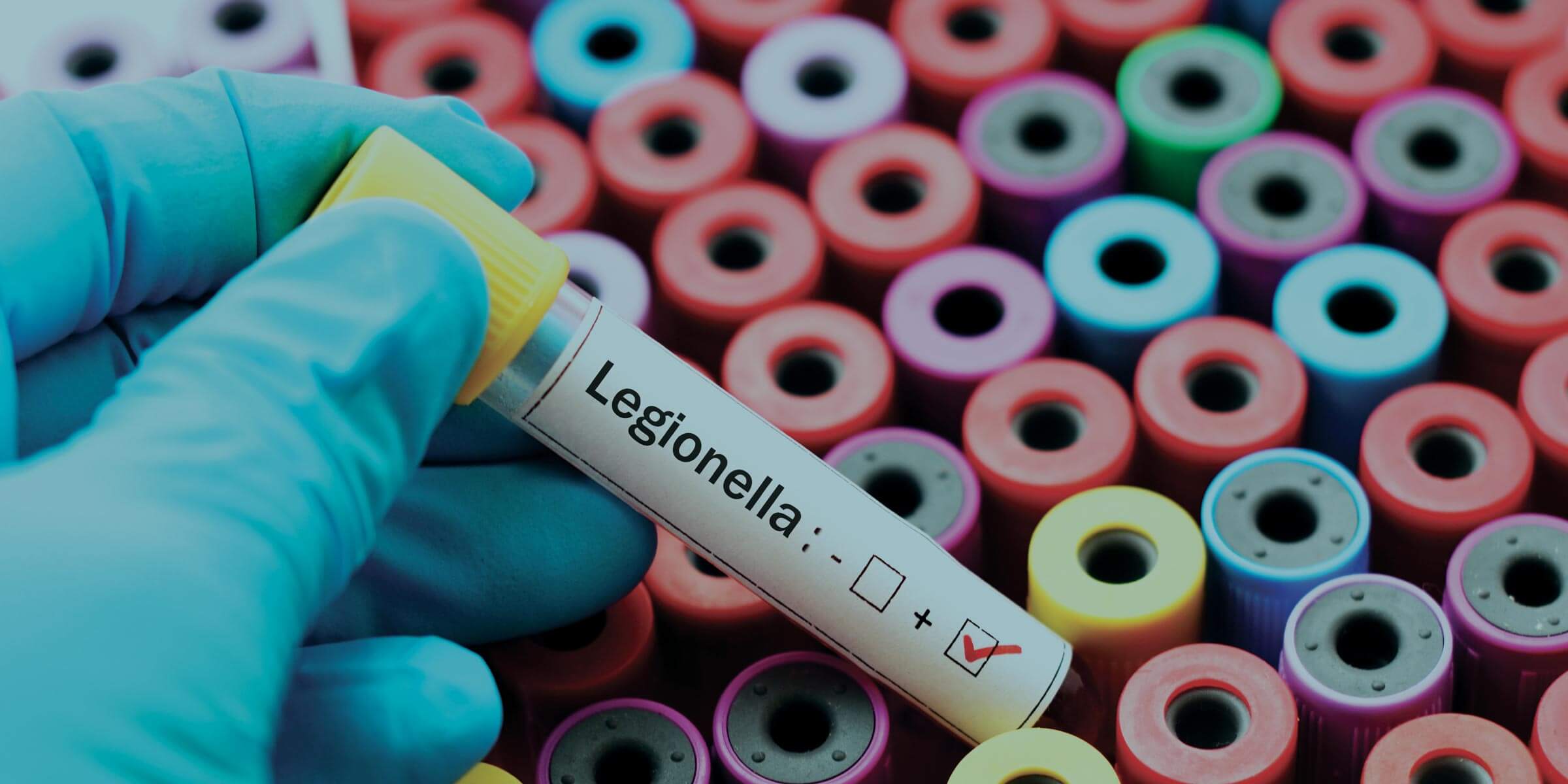Date: 12/06/2024
Read Time: 15 minutes
Author: Dr Surani McCaw, B.E. (Chemical), Ph. D.
Key Points:
- Effective Legionella control in building water systems involves managing temperature, disinfectant levels, hydraulic conditions, nutrient level, and pipe materials, starting from the design and commissioning phases and continuing as preventive measures.
- Maintaining specific temperature ranges, preventing water stagnation, managing disinfectant levels, and addressing corrosion and scaling are key technical considerations to mitigate Legionella proliferation.
- Legionella’s ability to form biofilms and enter a viable but non-culturable state complicates detection and control, emphasising the need for continuous monitoring of feed water quality and risk assessment.
Summary
This white paper aims to delineate the pivotal process parameters essential for controlling Legionella in building water systems. These control measures are ideally initiated during the design and commissioning phases and should be consistently applied as preventive measures.
As outlined in the subsequent sections, Legionella growth in water systems is influenced by various factors including
- temperature,
- disinfectant type and levels,
- hydraulic conditions (with a particular focus on preventing stagnation),
- presence of nutrients,
- scale and sediments, and
- choice of pipe materials.
Each of these factors plays a critical role in mitigating the risk of Legionella proliferation and ensuring the safety and integrity of building water systems.
Given the increasing presence of natural organic matter (NOM) in water supplies due to erratic weather patterns, the reactive control of Legionella using chemical disinfectants has become an ongoing challenge. Therefore, it is recommended to explore advancements in monitoring methods and automated knowledge systems for more accurate Legionella control.
For instance, real-time monitoring of microbial activity and other essential system health parameters allows for early detection and alerts, enabling timely intervention before situations escalate to critical risk levels. By adopting this proactive approach, building water systems can effectively manage Legionella contamination and uphold public health standards.
Interested in reading more? Enter your details to download the white paper.




